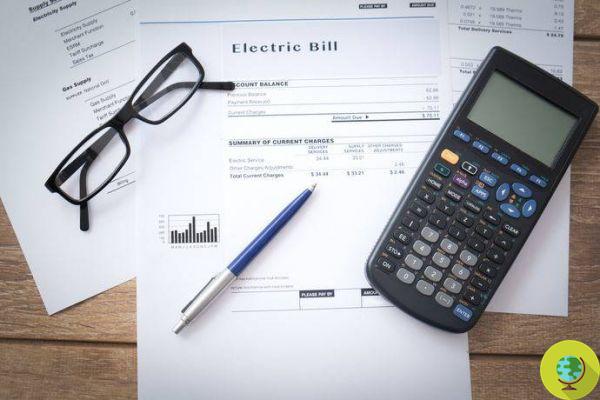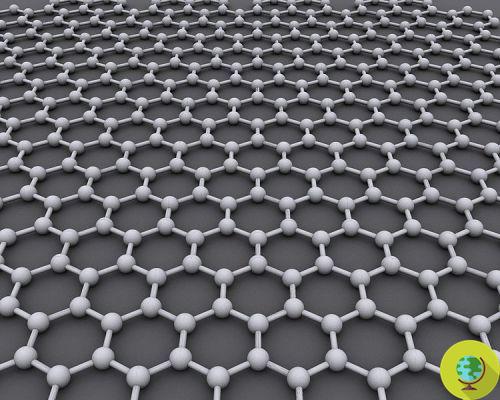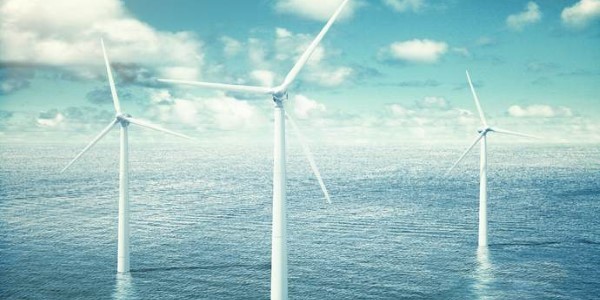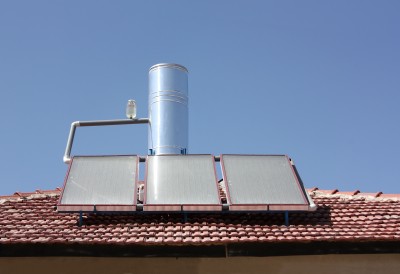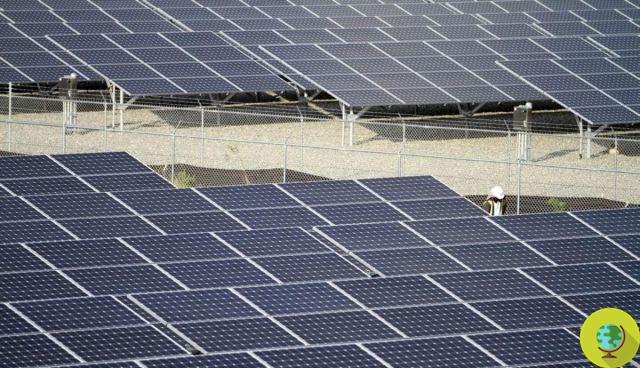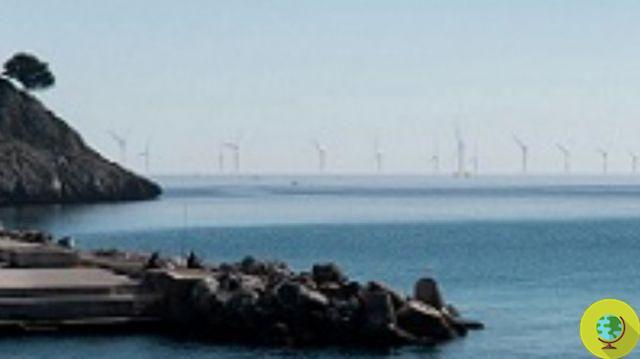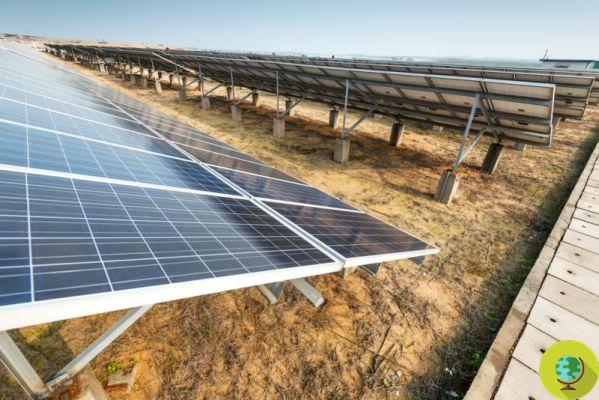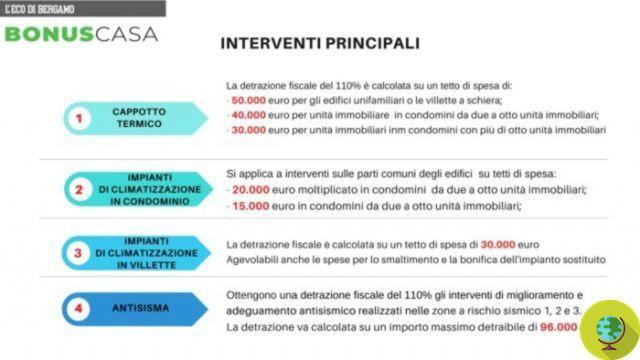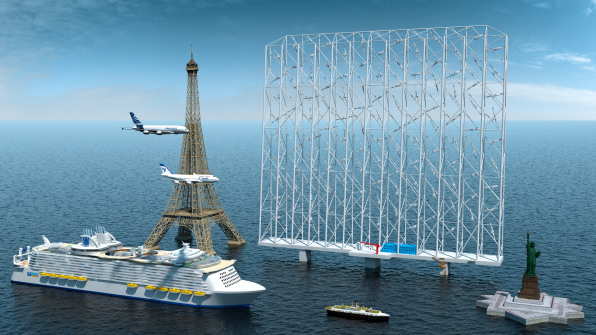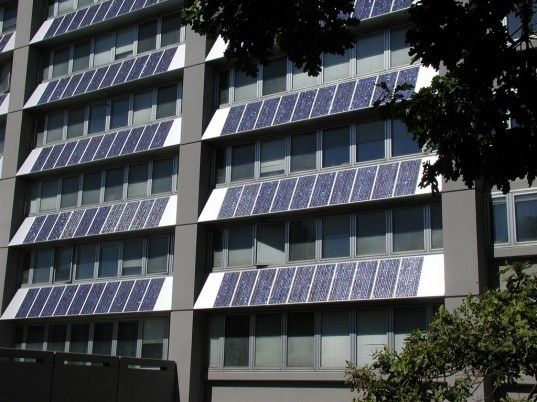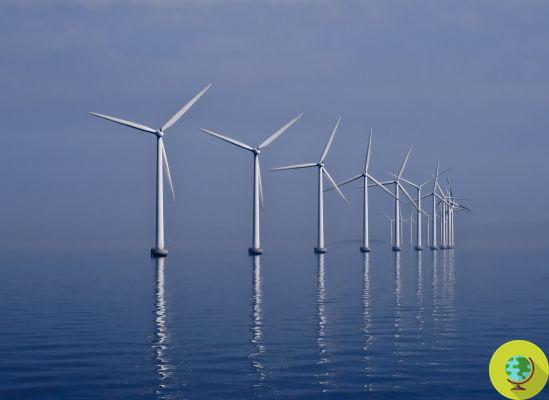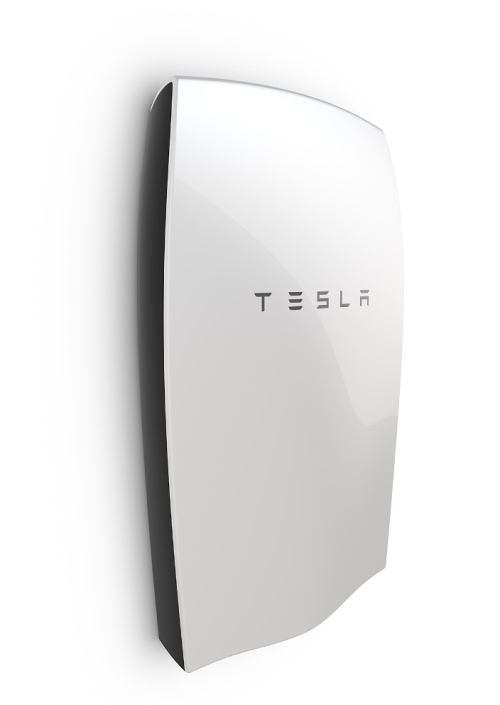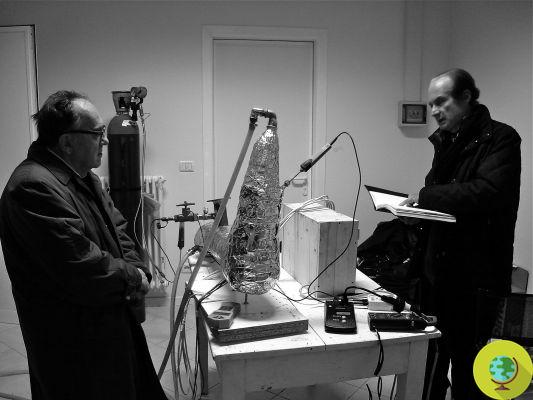Small drops of water on a hydrophobic surface are enough to carry electric charge. The discovery, completely unexpected, bears the signature of MIT researchers. This could improve the efficiency of power plants in the future by introducing a new way of producing energy from the atmosphere
He is about to end up run over, his mother saves him
Small enough water drops on a surface hydrophobic to carry electric charge. The discovery, completely unexpected, bears the signature of the researchers of the MIT. This could improve the efficiency of power plants in the future by introducing a new way of producing energy from the atmosphere.
The new work has shown that under certain conditions, rather than waiting for gravity to generate energy by moving water from top to bottom, as happens in current hydroelectric plants, it is also possible to exploit the water that is deposited in the form of droplets on certain surfaces.
What happens? When there is a metal surface with a particular water repellent coating, the water droplets condense and spontaneously jump off the surface itself, as a result of a release of surface energy. In essence, the droplets that fall from a superhydrophobic surface are attracted and repelled by the electric charge, showing that they are in possession of it.
To understand the reason for the repulsion between the droplets after it left the surface, the researchers performed a series of experiments using a charged electrode. When the electrode had a positive charge, the droplets remained stationary but when they had a negative charge, they moved. This made it possible to establish that the effect was caused by a positive electric charge forming on the droplets as they leapt away from the surface.

The charging process takes place because on the surface the water droplets naturally form an electrical double layer, a layer of pairs of positive and negative charges. When neighboring drops merge, this 'jump' occurs so quickly that the charge separates, leaving some on the drop and some on the surface.
Likewise, such droplets could be useful for moving from the hydrophobic surface to a condenser, the underlying component of most power plants around the world, providing a mechanism for improve efficiency of heat transfer on condensers, and thus improve the overall efficiency of power plants.
"We are now able to use an external electric field to mitigate the tendency of the droplets to return to the condenser and improve heat transfer" he said Nenad Miljkovic del Mit.
But the discovery also suggests another possible one new application. Placing two parallel metal plates in the middle of two surfaces on which there are drops of water could capture the energy from the condensation of the ambient air. Only a cold surface in a humid environment would be enough.
But it is not the first time that MIT has tried its hand at enterprises of this type. Recently, a new study has made it possible to understand how to obtain fresh water from fog.
The research was published on Nature.
Francesca Mancuso
READ also:
- Battersea: from power station to London's new sustainable neighborhood
- From MIT here's how to get fresh water from the fog




